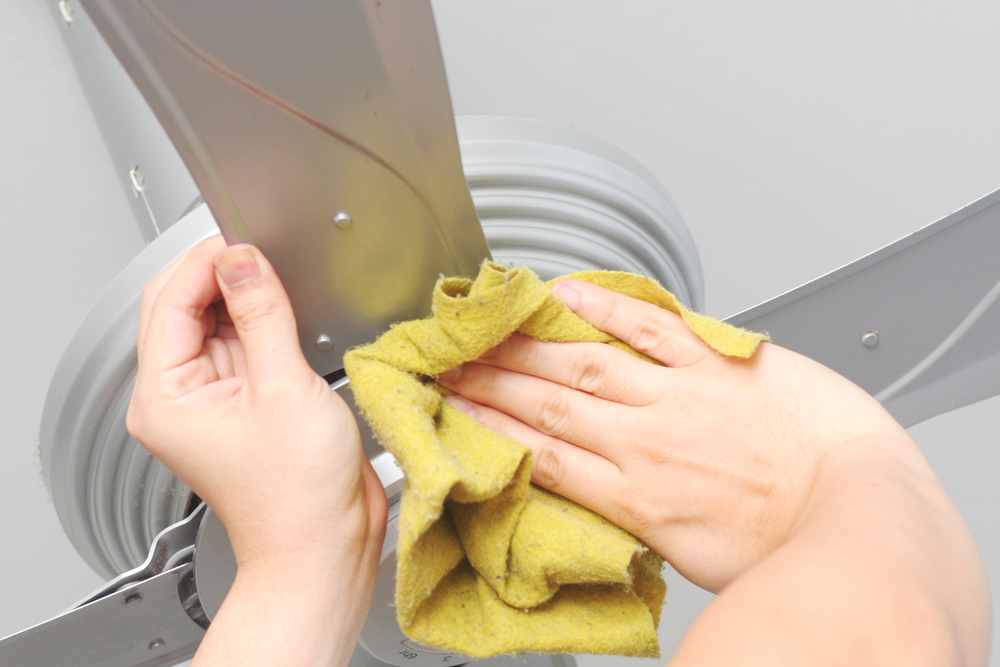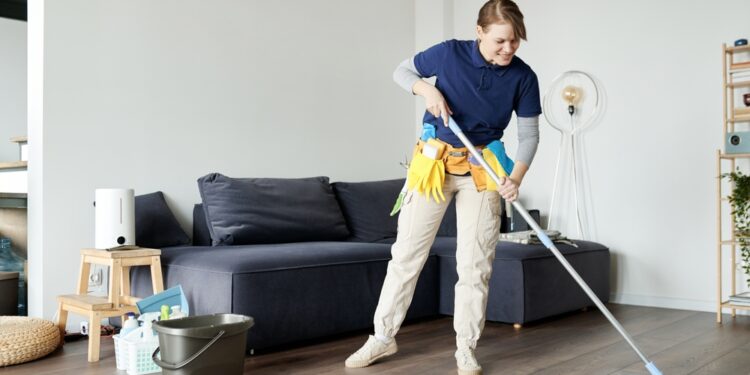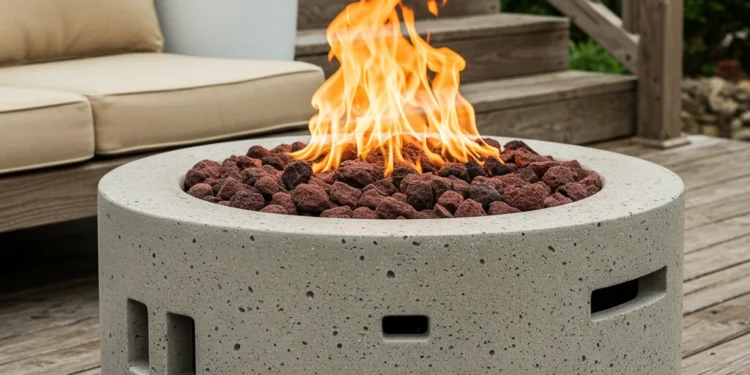It’s easy to feel like you’ve done a good job cleaning when the floors are vacuumed and the countertops are sparkling. But even the cleanest-looking homes can hide built-up grime and bacteria in places we rarely think to check.
The goal of deep cleaning isn’t just to make things look better, it’s about creating a healthier, safer, and more comfortable environment for you and your loved ones. In this guide, we’ll walk you through ten places around the house that are often forgotten during routine cleaning, why they matter, and how you can clean them easily and effectively.
Whether you’re doing seasonal maintenance or simply want to improve your living space, this article will help you clean with intention not just for appearance, but for overall well-being.
1. Baseboards and Trim
Why they matter:
Baseboards and trim collect dust, dirt, and pet hair over time especially in corners and along high-traffic areas. Though we don’t often look down and notice them, they can make even a clean room feel dingy.
How to clean them:
- Vacuum along the edge with a brush attachment.
- Use a damp microfiber cloth or a sponge with mild soap to wipe them down.
- For stubborn scuffs, a melamine sponge (like a Magic Eraser) can help.
If you don’t have the time or tools, hiring professional cleaning services Vancouver providers can ensure these often-missed details are properly taken care of during deep cleaning.
2. Ceiling Fans
Why they matter:
Fan blades collect dust and when the fan is turned on, that dust gets spread around the room. It’s easy to overlook since the blades are high up and often out of sight.
How to clean them:
- Slide a pillowcase over each blade to catch the dust as you pull it off.
- Follow up with a damp cloth to remove any leftover grime.
- Don’t forget to wipe the motor housing and light fixtures.
Helpful tip: Cleaning ceiling fans can improve indoor air quality and reduce allergy symptoms.

3. Behind and Under Appliances
Why they matter:
The areas behind your stove, refrigerator, and washer/dryer can trap food crumbs, grease, dust, and even mold from unnoticed leaks. This creates an ideal environment for pests and bacteria.
How to clean them:
- Unplug appliances and carefully move them away from the wall.
- Sweep or vacuum the area first, then mop or wipe down with a disinfecting solution.
- Check for signs of moisture or mold while you’re there.
Helpful tip: Cleaning these areas can help appliances run more efficiently and last longer.
4. Air Vents and Duct Covers
Why they matter:
Air vents circulate air throughout your home which means dust, pollen, pet dander, and other allergens can collect in and around them. Dirty vents can worsen respiratory conditions and lower indoor air quality.
How to clean them:
- Remove vent covers and soak them in warm soapy water.
- Vacuum inside the vent opening if accessible.
- Dry and reinstall the covers.
Helpful tip: According to the EPA’s indoor air quality guide, clean ventilation systems are key to maintaining healthy indoor air and preventing airborne pollutants.
5. Light Switches and Door Handles
Why they matter:
These are high-touch surfaces that most people rarely clean. But they’re frequently used by everyone in your home, making them hotspots for bacteria and viruses.
How to clean them:
- Use a disinfecting wipe or a cloth dampened with isopropyl alcohol.
- Don’t oversaturate moisture and damage electrical components.
Helpful tip: Make this part of your weekly cleaning routine to reduce germ transmission, especially during cold and flu season.
6. Showerheads and Faucets
Why they matter:
Over time, mineral deposits (especially from hard water) can clog showerheads and faucets, reducing water flow. They can also harbor bacteria if not cleaned regularly.
How to clean them:
- Soak the showerhead or faucet in white vinegar to dissolve mineral buildup.
- Use an old toothbrush to scrub away any remaining residue.
- Rinse thoroughly.
Helpful tip: Learn more about cleaning mineral buildup from experts at Good Housekeeping for safe and effective techniques.
7. Under the Sink
Why it matters:
Out of sight often means out of mind but the area under your kitchen or bathroom sink is prone to leaks, mold, and mildew, especially when cluttered with cleaning products and stored items.
How to clean it:
- Remove everything and wipe down the entire area.
- Check for signs of leaks or water damage.
- Use trays or storage bins to keep things organized and elevated off the cabinet base.
Pro tip: Include under-the-sink areas in your seasonal deep house cleaning checklist to ensure nothing is forgotten.
8. Mattresses and Bed Frames
Why they matter:
You spend a third of your life in bed yet mattresses are rarely cleaned. Dust mites, dead skin cells, and even sweat accumulate over time, affecting sleep quality and indoor air.
How to clean them:
- Vacuum the mattress with an upholstery attachment.
- Spot-clean stains with a gentle cleaner or baking soda paste.
- Air out the mattress by removing sheets and letting sunlight in.
- Rotate or flip it if applicable.
Helpful tip: Using a washable mattress protector makes regular cleaning easier and more effective.
9. Window Tracks and Blinds
Why they matter:
Window tracks often collect dirt, mould, and insect debris, making thorough window cleaning essential. Meanwhile, blinds trap dust that easily circulates in the air when windows are opened.
How to clean them:
- Use a vacuum or small brush to remove loose dirt from tracks.
- Clean with a toothbrush and a mix of water and vinegar or dish soap.
- Wipe blinds with a microfiber cloth or remove and soak for a deeper clean.
10. Electronics and Remote Controls
Why they matter:
Remote controls, keyboards, tablets, and game controllers are some of the most frequently touched items in your home. Yet they’re rarely cleaned even though studies show they harbor more bacteria than a toilet seat.
How to clean them:
- Use a microfiber cloth lightly dampened with isopropyl alcohol.
- Use a cotton swab for small crevices and buttons.
- Avoid using too much liquid especially on touchscreens or battery compartments.
Why These Areas Deserve Attention
Cleaning isn’t just about how your space looks, it’s about how it feels and functions. Neglecting hidden or hard-to-reach spots can lead to:
- Reduced air quality
- Higher risk of illness or allergies
- Mold and mildew growth
- Shorter lifespan for appliances
- Lingering odors and pest problems
By adding these overlooked areas to your deep-cleaning routine, you’re investing in your health, your comfort, and the long-term upkeep of your home.
Final Thoughts
If you’ve been focusing only on visible messes, you’re not alone. Most people don’t realize how much builds up behind the scenes. But a truly clean home goes beyond what the eye can see. It’s about maintaining a living environment that supports your well-being.
Deep cleaning doesn’t have to be overwhelming. Start small. Even tackling one or two of these tasks weekly can make a significant difference. If you need support, professional cleaning companies like Hellamaid offer services that focus on these overlooked details, helping you maintain a clean and healthy home year-round.











